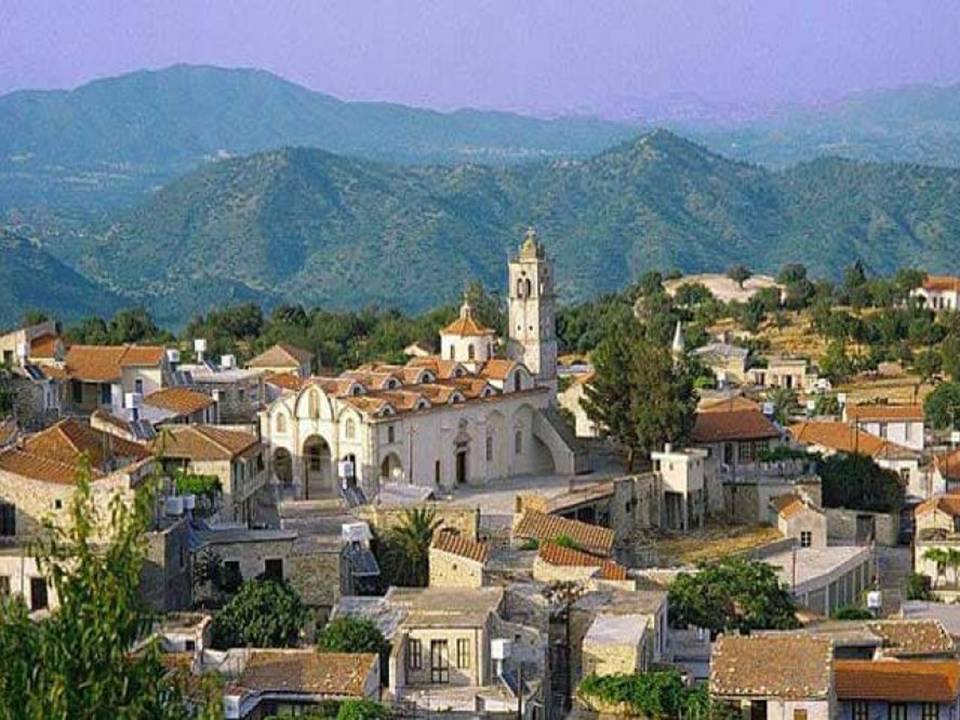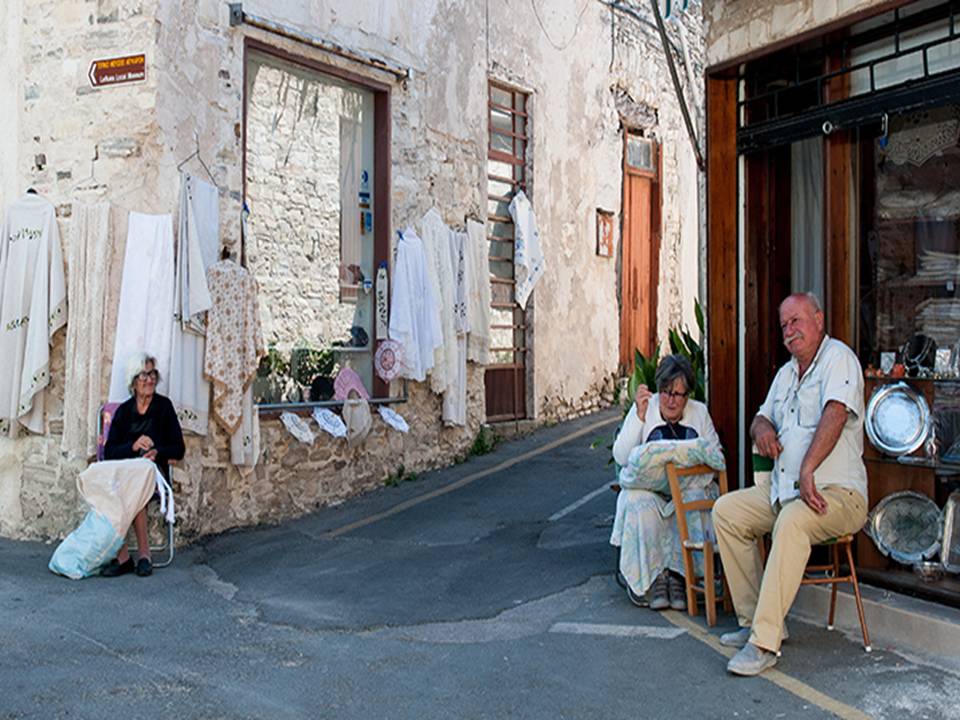Lefkara village Larnaca
Lefkara is a picturesque village nestled in the hills of the Larnaca district in Cyprus, renowned for its rich history, traditional architecture, and cultural heritage. Situated about 40 kilometers from Larnaca, Lefkara is divided into two parts: Pano Lefkara (Upper Lefkara) and Kato Lefkara (Lower Lefkara). The village is a fascinating blend of old-world charm and vibrant local culture, making it a popular destination for tourists and locals alike.



Historical Background
Lefkara has a long history, with roots dating back to the Byzantine era. The village is particularly famous for its lace-making tradition, known as “Lefkaritika,” which has been passed down through generations. According to legend, even Leonardo da Vinci visited Lefkara in the 15th century and purchased a lace altar cloth, which he later donated to the Cathedral of Milan. This intricate craft, characterized by geometric patterns and meticulous needlework, has been recognized by UNESCO as part of the Intangible Cultural Heritage of Humanity.
Traditional Architecture
The village is a living museum of traditional Cypriot architecture. Strolling through the narrow, cobblestone streets of Lefkara, one is immediately struck by the stone-built houses with their arched doorways, terracotta roofs, and wooden balconies. Many of these houses date back to the 18th and 19th centuries and have been carefully preserved or restored to maintain their historical integrity. The local architecture also reflects Venetian influences, a testament to Cyprus’s diverse cultural history.
Lefkara Lace and Silverware
Lefkara’s lace-making is not just a craft but a cornerstone of the village’s identity. The intricate designs and techniques have remained largely unchanged for centuries. Women in the village can often be seen sitting outside their homes, deftly working on lace pieces with a level of skill and precision that is truly remarkable. Each piece of lace is unique, often taking months to complete, and is highly valued both in Cyprus and internationally.
In addition to lace, Lefkara is also known for its silverware. The village has a long tradition of silversmithing, producing finely crafted jewellery and decorative items. The silverwork, like the lace, is characterized by detailed, intricate designs, often incorporating traditional Cypriot motifs.

Cultural and Religious Sites
Lefkara is home to several important cultural and religious sites. The Church of the Holy Cross, located in Pano Lefkara, is one of the most significant. The church dates back to the 14th century and houses a relic of the Holy Cross, making it an important pilgrimage site. The church’s architecture is a blend of Byzantine and Gothic styles, featuring beautiful frescoes and a striking bell tower.
Another notable site is the Lefkara Handicraft Centre, where visitors can learn about the village’s lace and
Festivals and Traditions
Lefkara hosts several festivals throughout the year, celebrating its rich cultural heritage. The most prominent is the Lefkara Festival, held annually in August. The festival features exhibitions of lace and silverware, traditional music and dance performances, and various cultural activities. It is a vibrant celebration of the village’s traditions and a great opportunity for visitors to immerse themselves in the local culture.

Conclusion
Lefkara is more than just a village; it is a living testament to Cyprus’s rich cultural history and traditions. Its unique blend of traditional crafts, historical architecture, and vibrant community life makes it a must-visit destination for anyone traveling to Cyprus. Whether you are interested in history, art, or simply enjoying the scenic beauty of the Cypriot countryside, Lefkara offers a rich and rewarding experience.


